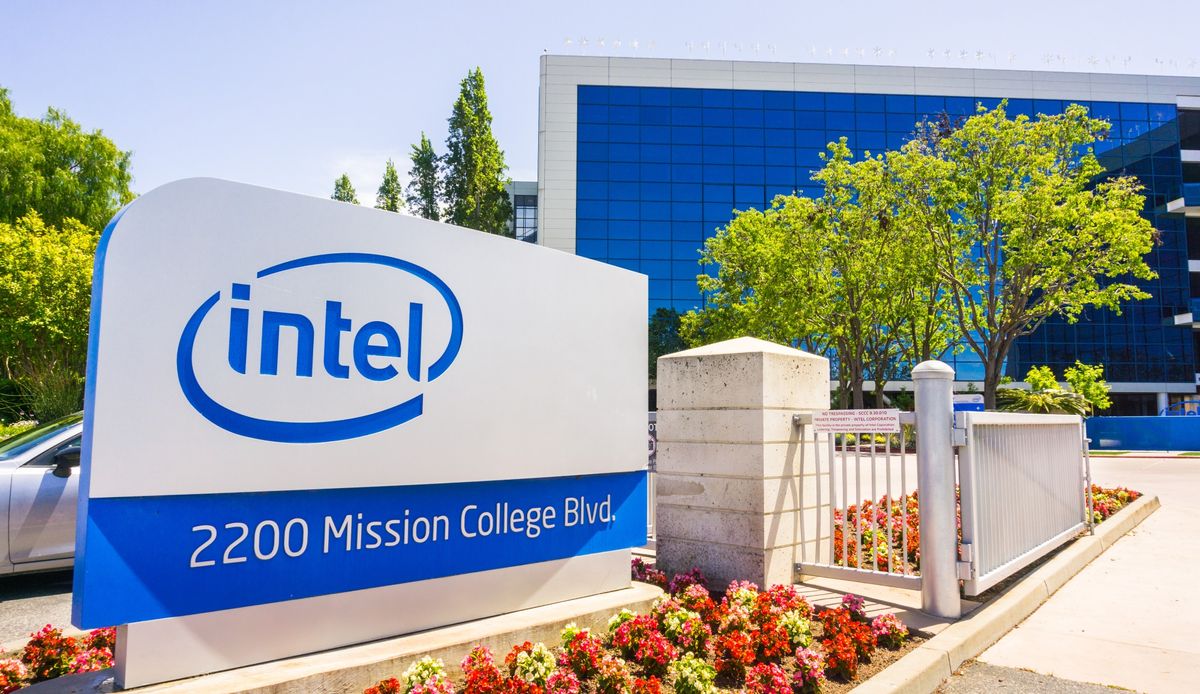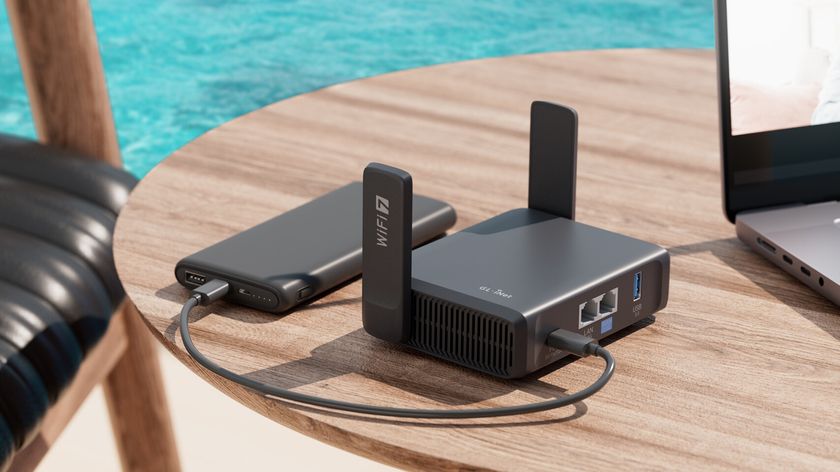Intel's earnings continue to drop, but Ice Lake and Apple sale could save the day
Bit of a mixed picture

Intel just released its earnings for the second quarter of the 2019 fiscal year, and while the results beat analyst expectations and lead to an improved full-year outlook, it still shows a year-on-year drop.
First, the good news: the results show revenues of $16.5 billion, which beat analyst estimates – Zacks Consensus Estimates expected $15.6 billion in revenue.
- These are the very best laptops of 2019
- Best processors 2019: the best CPUs for your PC
- Best Intel processors 2019
Intel previously reduced its full-year revenue outlook to $69 billion, but following these results, Intel is raising it to $69.5 billion – an increase of $500 million.
In a statement, Bob Swan, Intel’s CEO, said that “Second quarter results exceeded our expectations on both revenue and earnings, as the growth of data and compute-intensive applications are driving customer demand for higher performance products in both our PC-centric and data-centric businesses. Based on our outperformance in the quarter, we’re raising our full-year guidance.”
During the second quarter, Intel’s PC-centric part of the business (CCG) rose by 1% to $8.8 billion, which Intel says is thanks to the performance of its high-end (and therefore more expensive) products, as well as customers purchasing products ahead of any possible tariffs being imposed.
Intel’s Internet of Things (IoT) business also continued to do very well, with a record quarterly revenue of $986 million – not too far off the $1 billion milestone. This is up 12% compared to a year ago, driven by demand for higher performance processors. It seems with internet-connected smart devices getting ever more powerful and complex, Intel is the real winner.
Operating income was also up $51 million to $294 million, while Mobileye revenue was up 16% to $201 million.
Are you a pro? Subscribe to our newsletter
Sign up to the TechRadar Pro newsletter to get all the top news, opinion, features and guidance your business needs to succeed!
The bad news
However, it’s not all good news, and as we mentioned, there was a year-on-year drop, with an operating income of $4.6 billion – a decline of 12% year over year.
Net income was $4.2 billion, which is a 17% year-over-year decrease from the $5 billion it earned at the same point last year.
Intel’s Datacenter group seems to be the biggest driver behind this drop, with a 10% revenue drop for the second quarter. Operating income for the Datacenter group declined sharply – down 34% from a year ago.
The Non-Volatile Memory Solutions group also saw a drop of 13% from last year, and the Programmable Solutions group’s revenue was down 5% from last year.
With a challenging market, and renewed competition from AMD, it’s been a mixed set of results for Intel. However, it appears the company is in good spirits and is looking towards the future, with Bob Swan promising that “Intel's ambitions are as big as ever, our collection of assets is unrivalled, and our transformation continues.”
The imminent release of Intel’s 10nm Ice Lake processors should hopefully see a boost to revenues, and the next set of results should also see the impact of Apple buying Intel’s 5G smartphone modem chip business for $1 billion.
- AMD vs Intel: which chipmaker does processors better?

Matt is TechRadar's Managing Editor for Core Tech, looking after computing and mobile technology. Having written for a number of publications such as PC Plus, PC Format, T3 and Linux Format, there's no aspect of technology that Matt isn't passionate about, especially computing and PC gaming. He’s personally reviewed and used most of the laptops in our best laptops guide - and since joining TechRadar in 2014, he's reviewed over 250 laptops and computing accessories personally.









